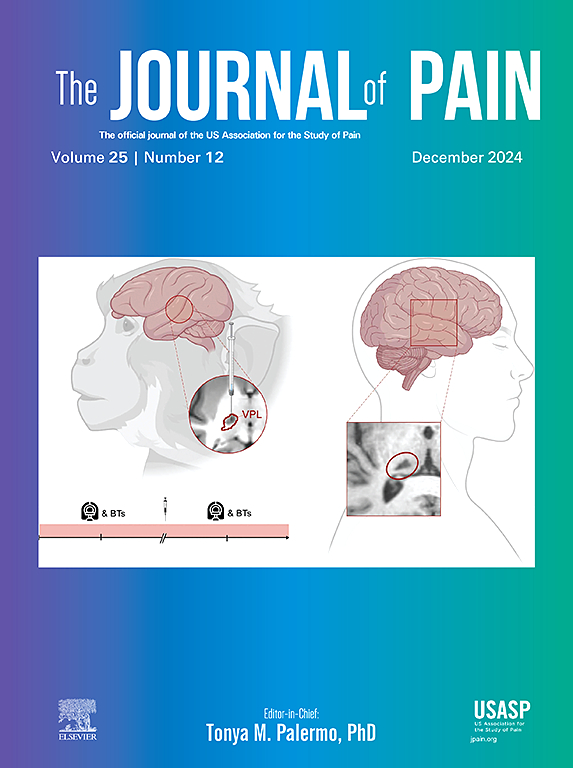Efficient removal of naturally-occurring lipofuscin autofluorescence in human nervous tissue using high-intensity white light
IF 4
2区 医学
Q1 CLINICAL NEUROLOGY
引用次数: 0
Abstract
Background autofluorescence is enhanced in human tissue relative to small animals and presents a barrier to fully realizing the potential of novel multiplex methods in human studies. In particular, lipofuscin (LF) is an interfering pigment in multiplex fluorescence assays. Lipofuscin (LF) is a highly cross-linked aggregate of oxidized lipids, proteins, sugars, and metal ions that accumulates in lysosomes with age, and is strongly fluorescent across wavelengths that interfere with signals from common fluorophores. This is particularly apparent in dorsal root ganglion (DRG), where the LF deposits occupy up to 80% of the visible neuronal cytoplasm, affecting ∼45% of neurons in a typical section. This report describes a straightforward, scalable, pre-staining, white-light photobleaching method that near-totally reduces LF autofluorescence, and improves signal detection across the color spectrum without negatively impacting the multiplex fluorescence detection assay. It is effective for peripheral and central nervous system structures as well as pathological tissue such as Alzheimer’s disease brain, which contains high levels of autofluorescent interference. This demonstrates the broad applicability to improving signal detection in human disease states to enable translational investigations in humans. This low-cost procedure can be rapidly implemented into existing research programs to increase the accessibility of high-plex fluorescent microscopy methodologies to enable direct-in-human research.
Perspective
White light photobleaching of lipofuscin before multiplex fluorescent in situ hybridization allows for rapid, near-total quenching of autofluorescence in healthy and diseased human nervous system tissue. Given the importance of direct-in-human investigations for validating translational studies and ensuring medical relevance, this simple yet powerful advance enables future anatomical investigations.
求助全文
约1分钟内获得全文
求助全文
来源期刊

Journal of Pain
医学-临床神经学
CiteScore
6.30
自引率
7.50%
发文量
441
审稿时长
42 days
期刊介绍:
The Journal of Pain publishes original articles related to all aspects of pain, including clinical and basic research, patient care, education, and health policy. Articles selected for publication in the Journal are most commonly reports of original clinical research or reports of original basic research. In addition, invited critical reviews, including meta analyses of drugs for pain management, invited commentaries on reviews, and exceptional case studies are published in the Journal. The mission of the Journal is to improve the care of patients in pain by providing a forum for clinical researchers, basic scientists, clinicians, and other health professionals to publish original research.
 求助内容:
求助内容: 应助结果提醒方式:
应助结果提醒方式:


